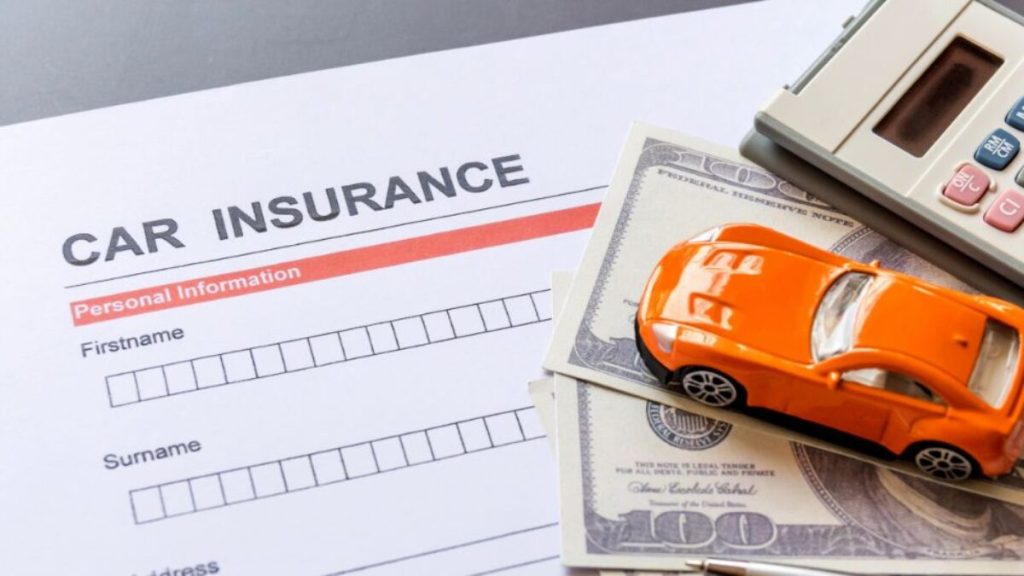Uninsured motorist coverage is a vital component of auto insurance that can provide crucial protection in the event of an accident involving drivers who do not have adequate insurance. Understanding this coverage can help you make informed decisions and ensure you’re prepared for unexpected situations on the road. Here’s what you need to know about uninsured motorist coverage:
1. What is Uninsured Motorist Coverage?
Uninsured motorist coverage is designed to protect you if you’re involved in an accident with a driver who either does not have insurance or has insufficient coverage to pay for the damages. This type of coverage helps cover your medical expenses, lost wages, and other costs resulting from the accident when the at-fault driver is unable to compensate you fully.
2. Types of Uninsured Motorist Coverage
There are two primary types of uninsured motorist coverage:
- Uninsured Motorist Bodily Injury (UMBI): This covers medical expenses, pain and suffering, and lost wages for you and your passengers if you’re injured by an uninsured driver.
- Uninsured Motorist Property Damage (UMPD): This helps pay for repairs to your vehicle or other property damaged by an uninsured driver. Not all policies include UMPD, so it’s important to check if this option is available and relevant to your situation.
3. Why is Uninsured Motorist Coverage Important?
Uninsured motorist coverage is crucial because it provides financial protection when the at-fault driver lacks sufficient insurance to cover your losses. Without this coverage, you might be left to bear the financial burden of medical bills and vehicle repairs out-of-pocket. This type of coverage ensures that you have a safety net in place, reducing the financial impact of accidents involving uninsured drivers.
4. How to Determine the Right Amount of Coverage
The amount of uninsured motorist coverage you need depends on factors such as your personal financial situation, the value of your vehicle, and your potential medical expenses. While the minimum coverage required by law varies by state, it’s often a good idea to opt for higher coverage limits to ensure adequate protection. Assess your needs and consult with your insurance provider to determine the appropriate amount of coverage for your circumstances.
5. How Uninsured Motorist Coverage Works with Other Insurance
Uninsured motorist coverage can work in conjunction with other types of auto insurance, such as your health insurance or collision coverage. In the event of an accident with an uninsured driver, your uninsured motorist coverage can help fill the gaps left by other insurance policies, ensuring that you’re better protected.
6. Legal Requirements and Availability
Uninsured motorist coverage requirements vary by state, with some states mandating it as part of your auto insurance policy, while others offer it as an optional coverage. Check your state’s requirements and consult with your insurance provider to ensure you meet any necessary legal obligations and have the coverage you need.
Uninsured motorist coverage provides essential protection against the financial risks associated with accidents involving drivers without adequate insurance. At Watkins Auto Assurance, we’re committed to helping you understand your coverage options and find the right policy to meet your needs. If you have any questions or need assistance, our team is here to help you navigate your insurance choices with confidence.

